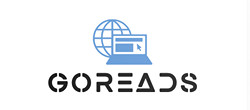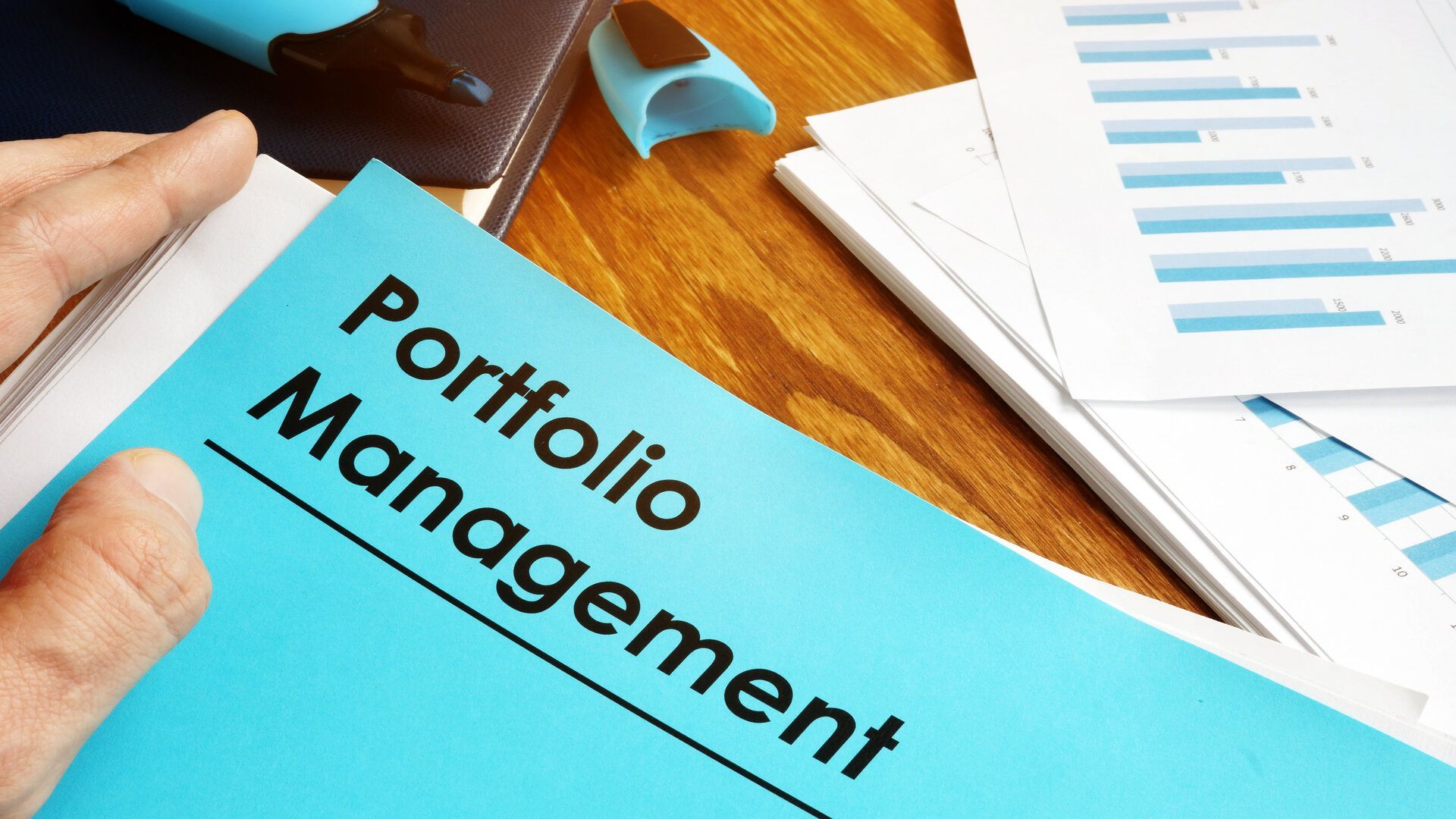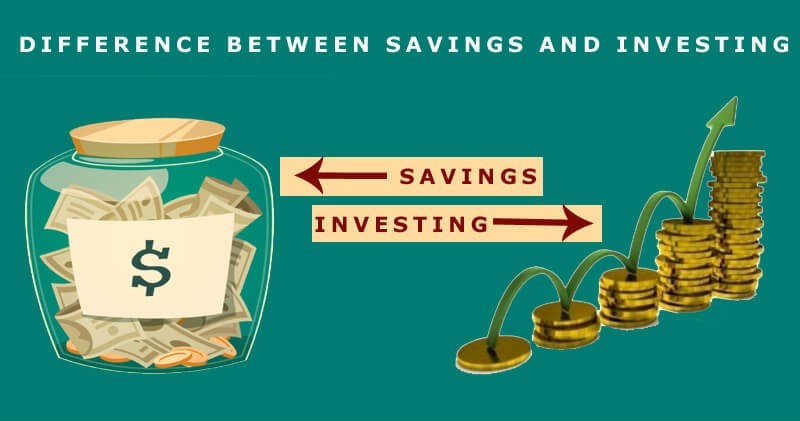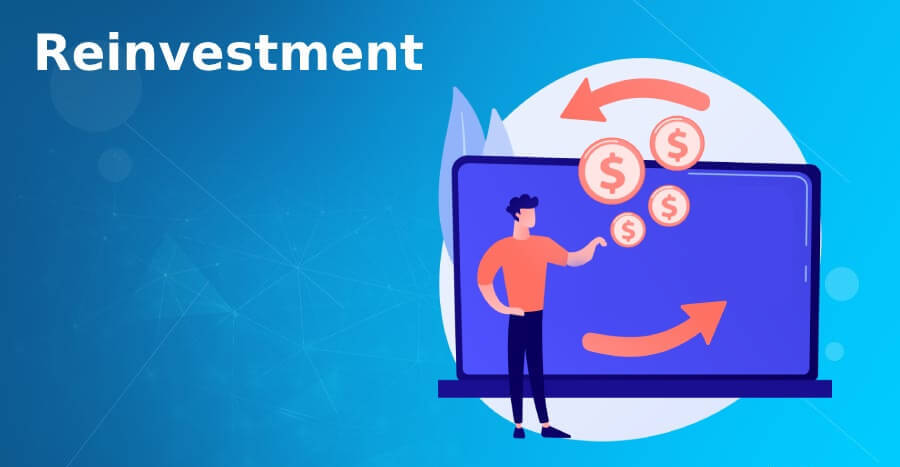The world of finance can be intimidating, especially when we encounter complicated concepts or various investment options. Today our financial decisions have a direct impact on our economic well-being, which is why it is so important to have the necessary information to manage our assets efficiently, maximize benefits and minimize risks, either directly or through a third party. expert.
This is where investment portfolio management comes into play, a strategic process that gives us the possibility of organizing financial assets efficiently, mitigating risks and seeking the highest return. In this post, we will explain more about the basic concepts you need to know for portfolio management. Take note to achieve your financial goals!
What is a portfolio?
A portfolio is the collection of financial assets held by a person or entity. These assets can include stocks, bonds, mutual funds, commodities, derivatives, real estate, and other financial instruments. You can diversify your portfolio by distributing these assets across different sectors, geographies, and types of investments, which helps you mitigate risks and take advantage of opportunities.
Before opting for one or another financial asset, you must bear in mind that investments carry risks and may involve capital losses. And that past returns do not guarantee future returns.
What is portfolio management?
Knowing what a portfolio is, we can say that portfolio management is the process of managing and organizing these financial assets strategically to achieve the investment objectives of a person or entity. Like any investment, the main objective of this process is to maximize the profitability of the portfolio and minimize the associated risk.
Fundamental aspects of portfolio management
Taking the above into account, there are five factors that you should consider to organize your financial assets effectively.
- Asset allocation: it is important to decide what is the appropriate combination of assets that will make up a portfolio, taking into consideration the different types and levels of risk and potential profitability of each one. Each asset has different characteristics in terms of risk (probability of its value going up or down, liquidity, currency…) and profitability (how much that asset can gain or lose). The goal is to create a diversified portfolio mix that fits your needs and goals.
- Diversification: as we mentioned, it is necessary to diversify the assets that make up your portfolio. This way you protect your assets from the volatility of markets, sectors, and geographical areas… and keep your portfolio in balance. In this way, if, for example, a certain market collapses, the assets exposed to said market may be affected. But the rest of the assets that make up the portfolio do not have to be affected by said decrease or even the same one. On the contrary, it can benefit them and increase their capital profitability.
- Risk Tolerance: Finding a portfolio’s risk tolerance depends on the investor and their financial situation, needs, and investment objectives. If you assume a lot of risk, it is possible that you will obtain greater profitability, but by putting more assets into play, so the potential loss will also be greater. But if you assume a lower risk you will avoid greater losses but you will also be giving up the possibility of greater profits.
- Performance and cost: measuring the performance of your assets allows you to anticipate possible errors and minimize risks. Investments are not static, but rather constantly flowing and you need to be aware of those fluctuations. Furthermore, it is important to take into account how the cost of the instruments that make up the portfolio, as well as the services necessary for its management and administration, influences the performance of the assets.
- Restructuring: the market is constantly changing. That is why it is important to be informed of the events that happen daily in it to adapt and reorganize the composition of the portfolio.
- Long-term: Maintaining a long-term perspective is essential. Although you may face occasional dips in the market, it is important to remember your reasons for investing and not deviate from your goals. Embrace fluctuations as part of your long-term strategy and don’t make impulsive decisions based on panic.
Portfolio management strategies
There are two types of portfolio management strategies.
Active management
As its name indicates, active management consists of the constant buying and selling of assets to achieve returns above the market. Within this strategy, there are different approaches: anticipating market movements, looking for opportunities in economic sectors, selecting undervalued securities and avoiding overvalued ones.
Passive management
The objective is to try to replicate a reference index to try to achieve the same performance (and profitability).
Who performs portfolio management?
Portfolio management can be carried out by oneself or by professional third parties. You can manage your portfolio yourself if you have the necessary knowledge and experience. However, many people choose to retain the services of professional portfolio managers who have the knowledge and experience to make informed investment decisions.
We have a discretionary portfolio management (GDC) service available to those clients who are interested in having professional managers to manage their assets. To contract this service, a suitability and suitability test is previously carried out on the client, which allows us to offer a portfolio adapted to the client’s risk profile. Once the initial investment has been made, the financial institution is in charge of managing your portfolio and making investment decisions according to the risk profile of the portfolio.
Recommendations before hiring a portfolio manager
Before hiring a portfolio management service, it is important to consider several factors.
First, you should research and evaluate the portfolio manager’s track record and performance. You can request references and review the past results obtained by the manager, although it must be taken into account that past returns are no guarantee of future returns. It is also essential to understand the commissions and fees associated with the service and the assets included in the wallets, as these may vary depending on the provider.
It is necessary to establish clear and transparent communication with the portfolio manager. This will allow the portfolio manager to customize the investment strategy according to specific needs.
Open and regular communication with the portfolio manager allows you to be informed about current portfolio movements, any changes in strategy and prospects.
The performance of the portfolio can be evaluated through the periodic reports that the portfolio manager is obliged to provide. These reports must include detailed information on the assets in which it is invested, the changes made to the portfolio, and the results obtained in terms of profitability, costs, etc.
Additionally, it is a good idea to ask about the methodology used to make investment decisions, such as asset analysis, diversification approach, and any specific strategies implemented. In conclusion, a solid and transparent relationship with the portfolio manager is essential to maintain a constant flow of information and trust in the management process.
Post Views: 1,468



